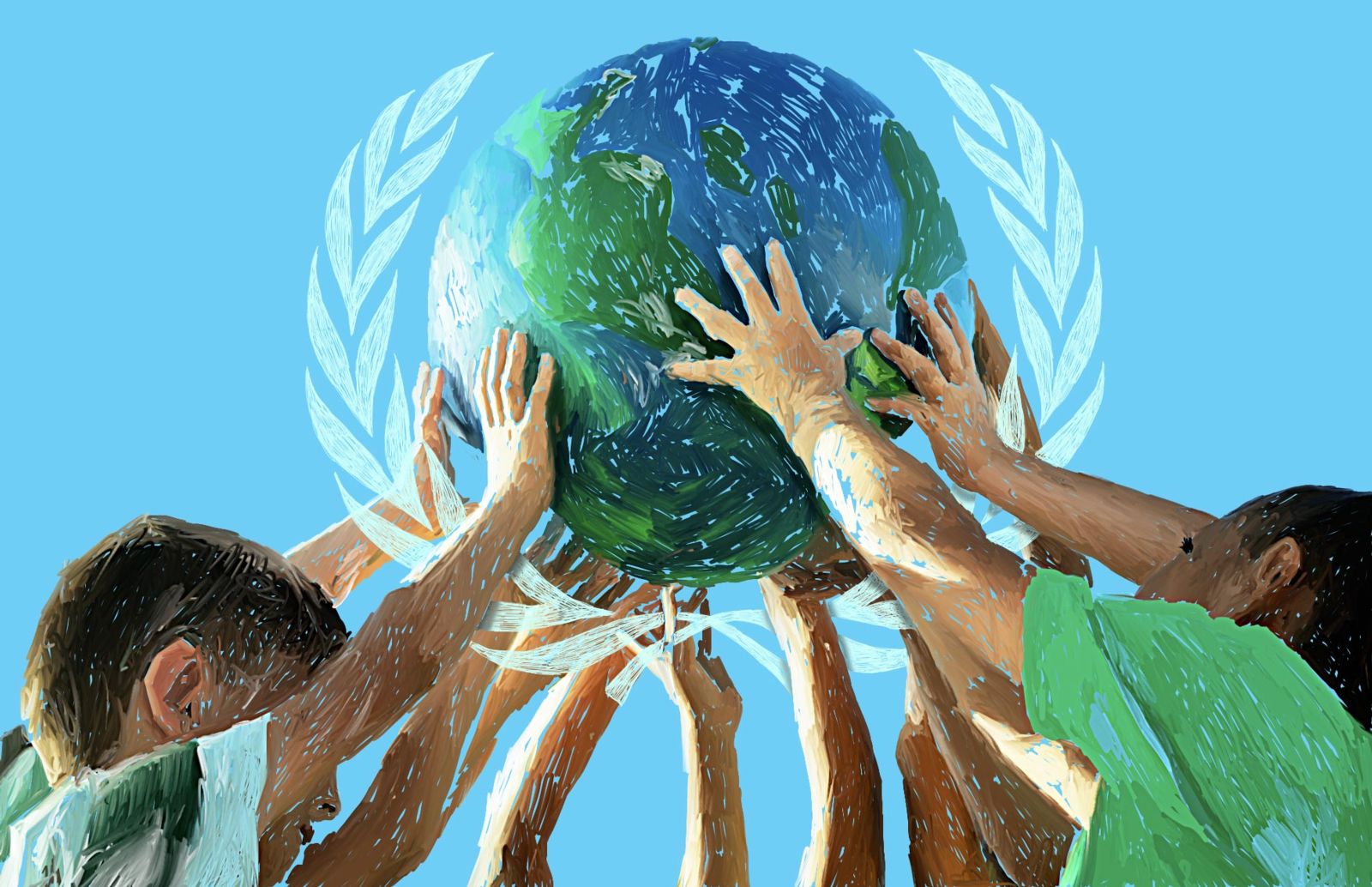The UN General Assembly recognized the human right to a clean, healthy, and sustainable environment on July 28, 2022. Although the resolution is not legally binding, it expresses the view of the international community that a healthy environment is as important to human flourishing as other human rights. The goal for this right, as for all human rights, is to set a common standard that everyone should strive to achieve and to encourage and catalyze efforts to that end.
By recognizing the right, the General Assembly added it to a very select group of rights—those that have achieved international recognition at the highest possible level. Since the General Assembly adopted the Universal Declaration of Human Rights (UDHR) in 1948, it has added only a handful of rights to the list of fundamental human rights and an even smaller number as autonomous rights not derivative from those already recognized.
UN members have adopted and ratified many human rights treaties and declarations since 1948. However, these instruments usually do not recognize completely new rights. Instead, they provide more detail—in some cases, much more detail—regarding the rights already declared in the UDHR and codified in the International Covenants. For example, the UDHR and the Covenants (called the International Bill of Rights) include the right of non-discrimination in relation to race, ethnicity, and sex, which are elaborated further in specific treaties on those topics. Similarly, the International Bill of Rights prohibits torture, and the Convention Against Torture sets out in more detail the obligations of states to prohibit and prevent it.
In the 75 years since the adoption of the UDHR, the United Nations has only rarely recognized a new autonomous right: that is, a right that would have received its own article in the UDHR. In the Covenants, the primary example is the right of peoples to self-determination. After the adoption of the Covenants in 1966, perhaps the clearest example before last year is the right to development, which the General Assembly recognized as a human right in 1986.
Another important right to be recognized in this way was the right to safe and clean drinking water and sanitation, which the General Assembly recognized in 2010. Although the General Assembly did not link the right to others beyond stating that it is “essential for the full enjoyment of life and all human rights,” the Human Rights Council (HRC) shortly thereafter adopted a resolution in which it “affirm[ed]” that the right was “derived from the right to an adequate standard of living and inextricably related to the right to the highest attainable standard of physical and mental health, as well as the right to life and human dignity.” In this respect, the HRC followed the lead of the Committee on Economic, Social and Cultural Rights, which had already treated the right to water as protected by the Covenant on Economic, Social and Cultural Rights. Although treating the right as derivative does not undermine its importance, some states may have found it easier to accept the right by viewing it as inherent in already-recognized rights.
The rarity of “new” rights helps to explain why the United Nations took so long to recognize the right to a healthy environment despite the acknowledged link between human rights and environmental protection. This connection has been highlighted ever since the first international environmental conference, held in Stockholm in 1972. By 2022, at least three-quarters of UN members had already included this right in their national constitutions, recognized it in regional treaties, or both.
When the right finally did join the pantheon, it did so with overwhelming support. The General Assembly recognized it by an overwhelming vote of 161–0, with only eight abstentions. Moreover, one abstaining state (Kyrgyzstan) and two states that did not vote (Saint Kitts and Nevis and Seychelles) later informed the UN Secretariat that they had intended to vote in favor. The final vote, therefore, should have been 164–0, with seven abstentions.
This level of support—95.9% of the voting member states—compares very favorably with that for other human rights instruments, especially in recent years. In 2019, for example, the UN Declaration on the Rights of Peasants was adopted with only 121 affirmative votes out of 183 cast, or 66.1%. It received eight negative votes and 54 abstentions. Even compared to the other resolutions recognizing new rights, the recognition of the right to a healthy environment stands out. The 2010 resolution on the right to water and sanitation, for example, was adopted with 122 affirmative votes out of 163 voting, or 74.8%. No state voted against it, but 41 states abstained, including Japan, the United States, and many European countries. The affirmative vote on the 1986 resolution on the right to development was much stronger—146 in favor out of 155 voting, or 94.2%—but the United States voted against the resolution, and eight states abstained.
It has never been thought necessary to have full unanimity in order to recognize human rights. In light of the widely varying commitments to human rights among the governments of the world, it would be absurd to give any single member state veto power over the recognition of a human right. Even the UDHR was not adopted unanimously. Of the 58 members of the United Nations at the time, eight countries, mainly from the Soviet bloc, abstained, and two did not vote.
Nevertheless, for a new right to be treated as part of the pantheon—one of the rights whose fulfillment is necessary for human dignity, equality, and freedom—its recognition by states should be as close as possible to universal. The coalition of states and civil society organizations that achieved this goal for the right to a healthy environment deserve the highest praise. Now, the truly hard work begins: to make the right a reality for everyone in the world.

